Blog three in a series documenting China’s path to urbanising Tibet, depopulating the highlands, converting exnomads into infrastructure construction workers 3/5
CLEARING THE TIBETAN HIGHLANDS
Why does China these days frequently label Tibet an “ecological security barrier highlands”? What does that mean for tibetans?
Much of the Tibetan Plateau is above 4800m altitude. Most of that is in the mountains surrounding Tibet, the abode of glaciers, ice, snow and permafrost, above the limit of even the hardiest grasses and graziers. Yet above 4800m there is life, and there are Tibetans, below the snow line, at the limits of the habitable. Now China has a fixation on the number 4800.
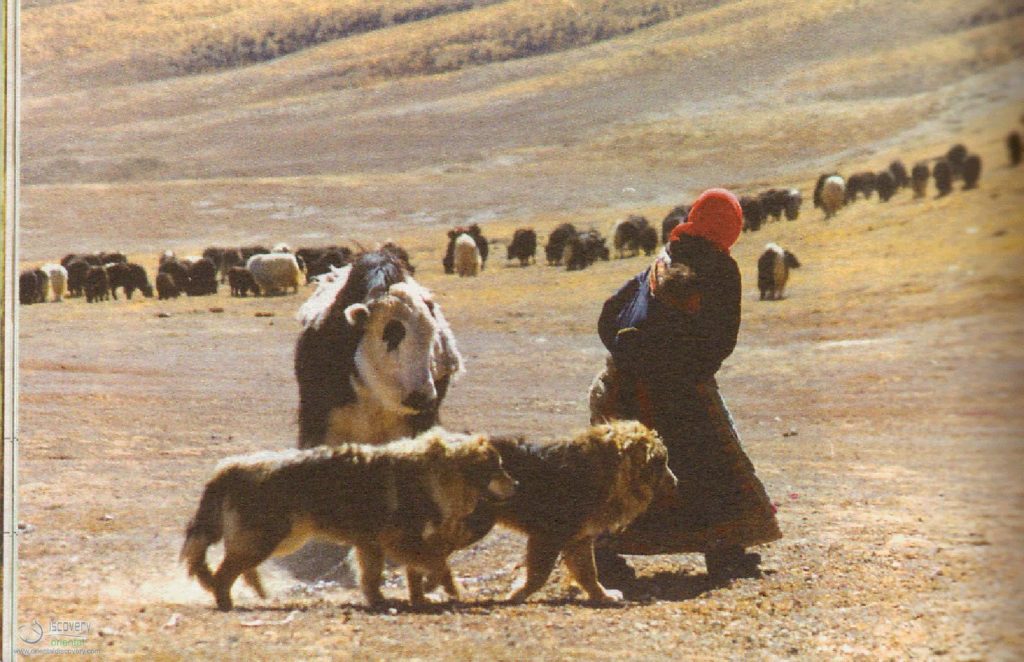
China got serious about wildlife around a decade ago, ostensibly because it had seen the light; unofficially because it was the only basis for asserting statist command and control over the remotest of all landscapes China claims. Ecologist George Schaller, now elderly, made a comeback steering regulations that have culminated in the TAR 14th Five-Year Plan to cancel all nomadic land tenure rights in the Chang Tang, and also in the Kailash Sacred Landscape, and everywhere above 4800m.
This is the first step in systematic clearances, displacing not just a predetermined quota of graziers to reduce grazing pressures, as has been done right across the enormous Tibetan pastoral lands for decades. What will be next? Clearing Tibet step by step, based on contour line, has an aura of scientific objectivity, so next could be a progressive lowering of the altitude demarcation line.
Even a modest drop, from 4800m to 4500m would have a dramatic effect on the Tibetan livelihoods of upper Tibet. The entire Tibetan Plateau is gently tilted from west to east, which is why the major rivers all run eastward. Upper Tibet, even on the plateau floor, would become an exclusion zone if the “orderly withdrawal relocation” system, as China calls it, 淘汰退出落后产能有序推进 Táotài tuìchū luo hòu chǎnnéng yǒu xù tuījìn were to set its next altitude limit at 4500m.
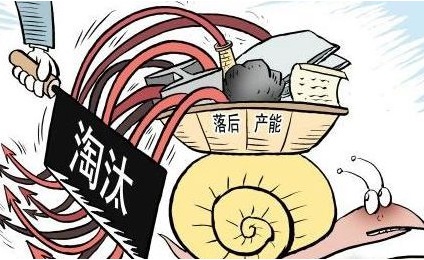
That would depopulate not only the Chang Tang and Kailash Sacred Landscape but almost all of western Tibet, leaving a huge area emptied of human use, other than the bristling border where Chinese and Indian troop buildups have clashed repeatedly, each side backed up by forward bases manned by troops accustomed to the altitude because, on both sides, most of those who fight and die are Tibetan recruits.
Clearance of the nomads does not at all mean the end of human uses for these highlands. It does however mean the end of Tibetan uses.
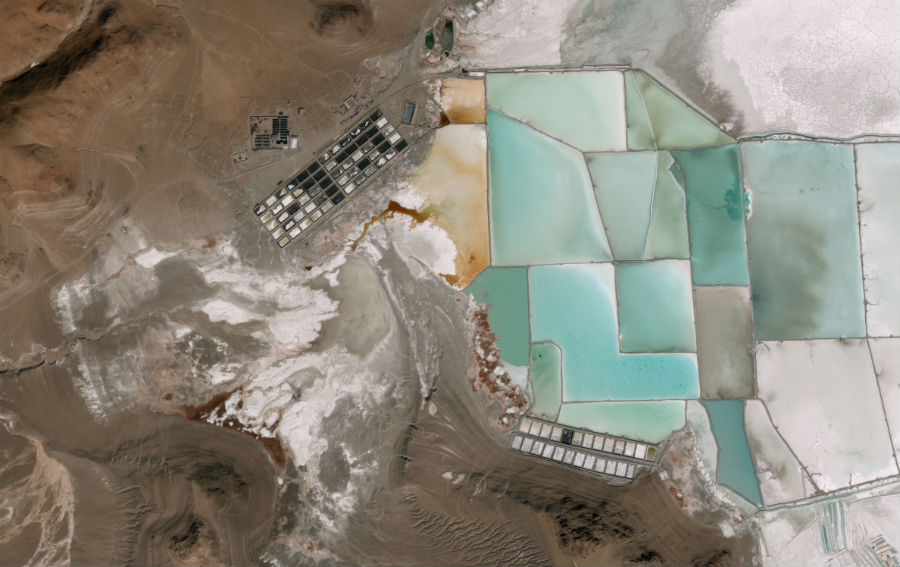
Other human uses persist. A salt lake of the far west, Zabuye in Chinese, Drangyer Tsaka in Tibetan, at 4400m, is especially rich in lithium, so pure it needs little complicated purification to be used in lithium batteries. Despite its remoteness, Zabuye has been exploited for over a decade by electric car manufacturer BYD, which has Warren Buffett as a prominent shareholder. Now, as climate is warming quickly, rainfall is increasing, and a lake bed that dried slowly over many centuries, leaving behind the lithium salts, is now filling again, so the race is on to extract as much lithium as possible, since at that altitude evaporation is slow.
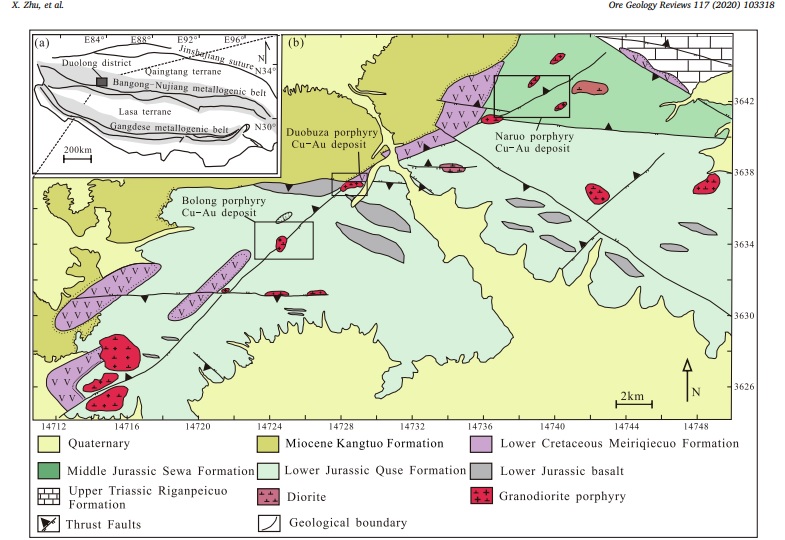
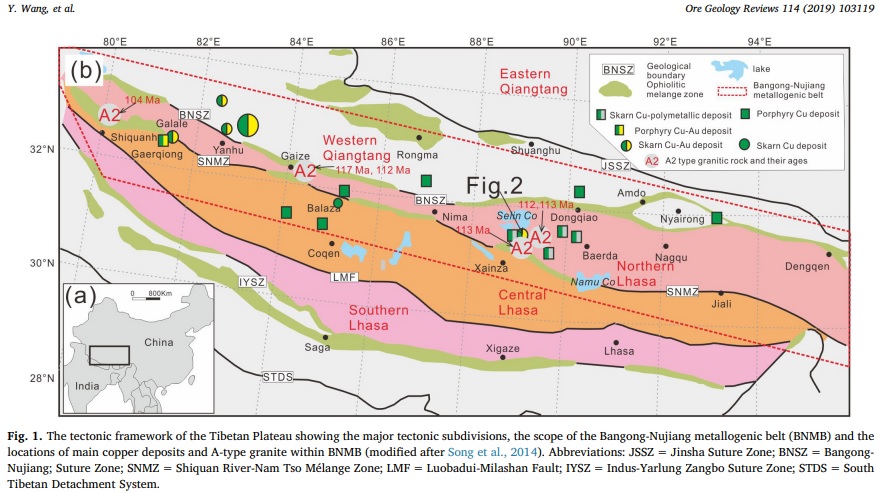
RESCUING TIBETANS FROM THEIR TIBETAN LIVES
China is proud of having rescued the highlanders from their highlands. The words of the relocated highlanders, attributed to them in official media, tell us much about Han perceptions of upper Tibet as a cold hell of unimaginable torment for those who found themselves trapped in the uplands before the modern party-state rescued and relocated them, conveniently close by Lhasa airport. There they are regularly interviewed. They stick to the script of gratitude to the benevolence of China bussing them well over 1000 kms away, to reinvent themselves. They describe their past life as horrific.
Is that actually how these hardy uplanders see the life they were wrenched away from? A Xinhua story in April 2020, with the feel-good title “Life is getting more and more mellow like sweet tea-Tibetan migrants embracing a new life in their entrepreneurship” reports the 4000 highlanders herded into the Lhasa airport flight zone are so glad to now live in high density: “Before the relocation, Chage lived in Quer Village, Yaqu Township. 89 households of villagers were distributed on a grassland with a radius of thousands of square kilometers. The distance between households was two or three kilometers, and the distance was more than ten kilometers. “Now that everyone lives together, I can see each other every day, maybe because of my age, I like this kind of lively life more and more.” Chage said.”
Han Chinese used to overcrowding and accustomed to the endless networking essential to getting anything done, would indeed be horrified at the nearest household being two or three kms. Norbu, the mayor, is quoted sating “that everyone has experienced the excitement at the beginning of the relocation and the unaccustomedness that followed, and now they are trying to adapt to the new life, new life goal.”
This is a whole new town, displayed in a 2021 CCTV 4 mins doco melting together imagery of a newborn Tibetan child delivered safely in new town sanitation, warmth and comfort, juxtaposed with panoramas of the new construction. All due to China’s paternalistic benevolence.
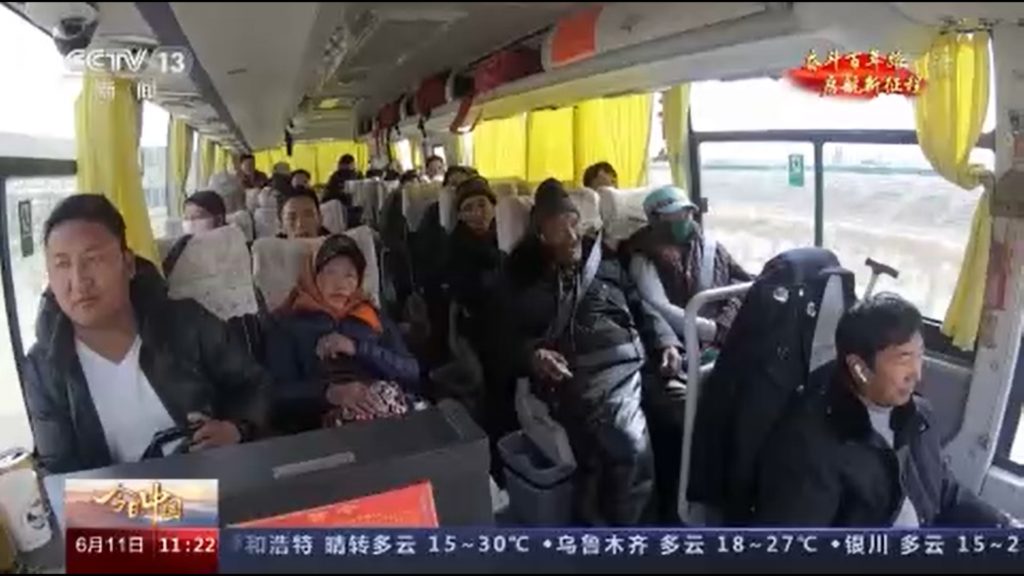
A richly illustrated 2020 story tells us: “Since 2018, Tibet has launched a very high-altitude ecological relocation project. In Nyima County, Shuanghu County, Anduo County, 3 counties and 5 townships in Nagqu City, 1219 households and 5160 people have moved to Lhasa, Shannan and other places, and the altitude has decreased.” That means more oxygen, to Han a self-evident boon, but for drogpa with deeply embodied mitochondrial capacity to thrive at high altitudes, is it so self-evident?
Maybe this is all written by Han for Han, based on standard Han prejudices and racist assumptions? Maybe Han, whether cadres or journalists, interrogators or interlocutors, reveal more than they realise when they quote Tibetans who say they are grateful to forever leave behind that thin air, high altitude, spacious distance from neighbours, freedom from high density competitiveness. Whether Tibetans, when interviewed/interrogated, actually say such things is hardly the point: everyone knows the rules of the game, everyone must display gratitude.
PERFORMING THE GRATITUDE TAX
Gratitude for what: that’s the point. Consistently, newly villagized Tibetans perform gratitude for urban density, entry into the sole trader getihu market economy, and the prospect of industrialisation. In official media reporting of the newly displaced, what is most exciting is the opportunity to enter the market economy:
“In the center of each relocated residential area, a dozen tents, large and small, were set up, which operated billiard rooms, small supermarkets, and small restaurants. It was through the booming business that young people from Ouzhujiang Village, who relocated from Cuozhe Qiangma Township, Shuanghu County [Tso nyi མཚོ་གཉིས་རྫོང་།;] , found business opportunities. Copiers, printers, paper cutters…In the newly opened advertising company in Ouzhujiang Village, all kinds of equipment are readily available. “Every unit and every store here is newly opened. We have taken a lot of work of making house numbers, printing store names, and processing light boxes, and we are almost too busy.” Ou Zhujiangcun [Ngodup Gyatso] said, “Don’t look at the company as a company now. The printing agency, after a while, the business of various stores will be booming, and our advertising services will be able to come in handy.”
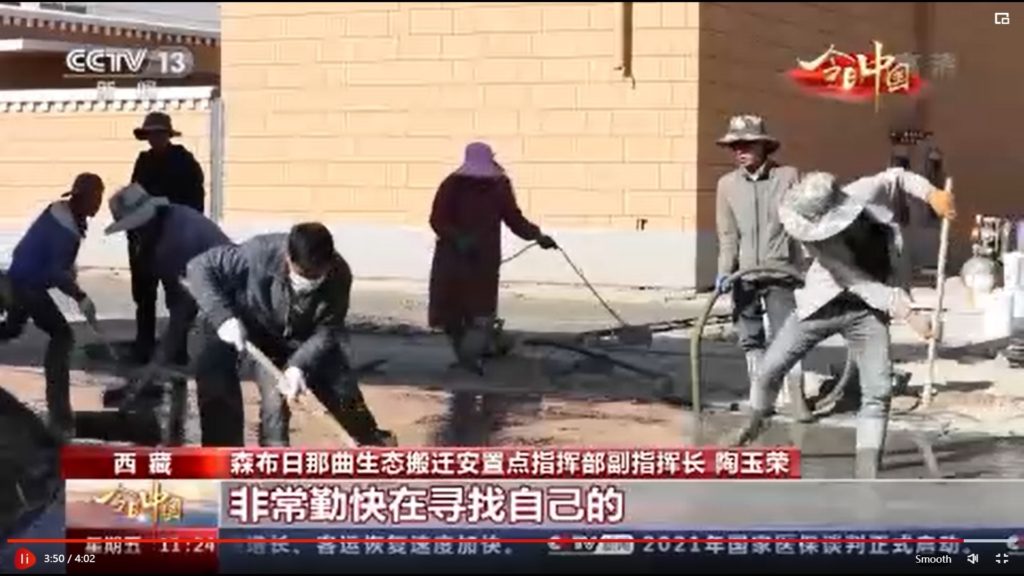
However the joys of sole trader getihu capitalism pale in comparison to the new opportunities to do industrialised construction work on China’s many infrastructure construction projects. A 34 years old man named as Geduo [Kelsang Dhondup?] tells Xinhua: “After breakfast, these customers will plant trees or go to work on the construction site.” Geduo said that the government organized villagers to participate in the second phase of the Semburi project. Many families also bought heavy trucks for transportation on the construction site. “Compared with when I first moved, there are fewer and fewer idlers in Semburi now.” …………….. “According to the plan, Semburi will also build the second and third phases, as well as supporting the construction of an industrial park nearby.” Geduo said.”
This tells us more than Han prejudices; it reveals the trajectory the party-state has in mind for the industrialisation of Tibetans as the schleppers of the new gig economy China is in a hurry to build.

What might an industrial park, so close to Lhasa airport, do? China has invested heavily in constructing a logistics hub at Nagchu, well north of Lhasa, on the uppermost sources of the Mekong, in pastoral country China has long wanted to industrialise to intensify meat production.
Lhasa airport is a long way south of Lhasa, a suitable place for a logistics hub for anything flown in to the airport, whether mass domestic tourist busloads, airfreight goods destined for Lhasa, or for expedited delivery to Nepal and South Asia. But the first priority of the newly industrialised Tibetan exnomads is the construction of the industrial park buildings, making the roads and power lines, dozens of semi-skilled jobs China struggles to fill with emigrants from the lowlands, who do dislike the thin air and the cold of winter.
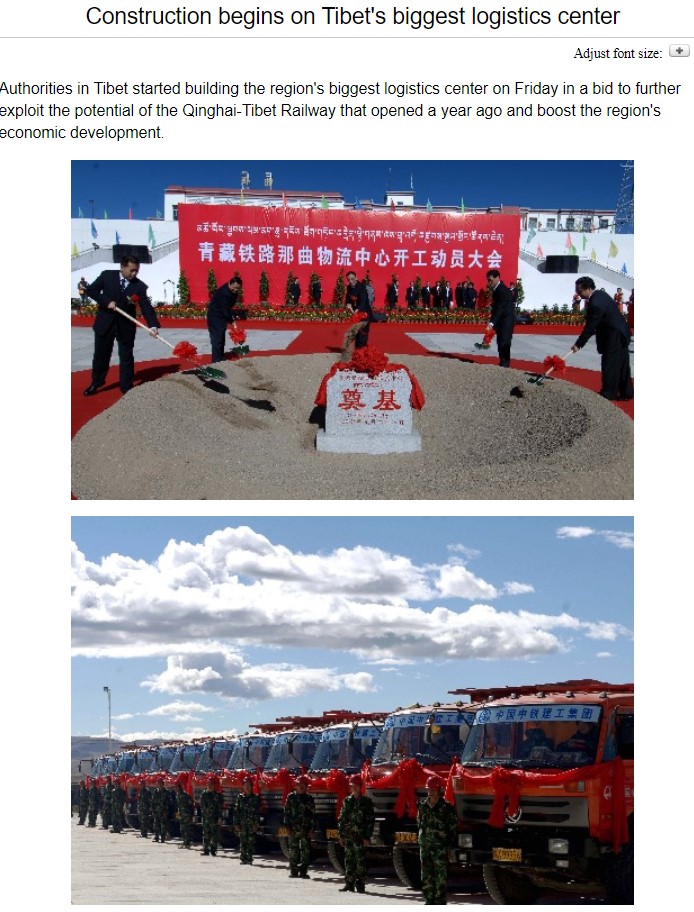
If central Tibet is ever to catch up, and take its place in China’s race to urbanise and centralise, construction must be year-round, not just in the summer season, which has too often been the case. Only Tibetans need apply, especially Tibetans abruptly bussed out of their pastures and villagized, as factors of production ready to work at whatever pays, since pastoral self-reliance has vanished, and every thing now requires cash. So exciting.
Reporters keep coming back to this newly invented urban village, most recently on the eve of Losar, when ushering in a new year requires a nostalgic feast of yak meat and butter, which only a year ago had been staples of the everyday. “More than a year ago, they were pure herders on the grasslands of northern Tibet. Shuanghu County, where Baima and his family lived, has an average elevation of more than 5,000 meters. It is the highest county in the world and is called the “Life Forbidden Zone” by many people. In order to allow herdsmen living in high-altitude areas to lead a more comfortable life, the government mobilized them to move to a resettlement site in Semburi, which is more than 3,000 meters above sea level.”
Who would those “many people” be, who call upper Tibet the “Life-Forbidden Zone” 生命禁区 Shēngmìng jìnqū? No Tibetan would say that, only horrified Han. It means China has rescued Tibetans from Tibet, so they should be grateful.
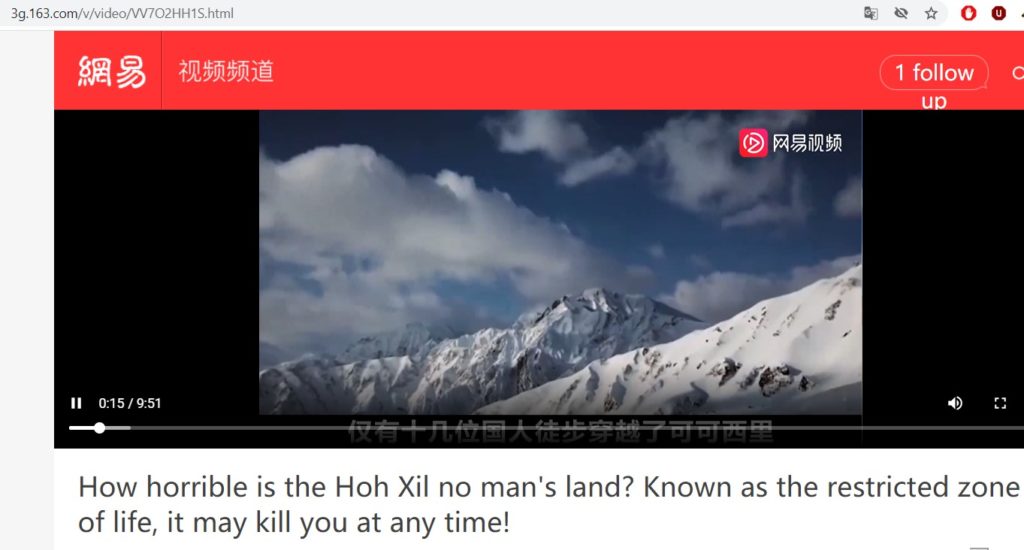
“Previously, the conditions were very difficult, and it can be said that there was no concept of Chinese New Year. Later, the days have gradually improved, and some good beef, mutton and ghee can be eaten during the New Year.” Recalling dozens of New Years spent in northern Tibet, with a lot of emotion Baima said “After moving here, I can eat fresh vegetables and fruits every day, as well as a variety of pastries and drinks. Every day is the same as the Chinese New Year.”
It’s now all go, all vegetables and fruit, no vegetative idlers here. Han horror at life on the open range, all meat and butter, no vegetables; and Han contempt at the laziness of Tibetans, are seldom far away. The 1966 proposition of anthropologist Marshall Sahlins that gatherers and hunters are the original affluent society makes little sense to Han.
So Tibetans must, for their own good, not only be removed from anywhere above the 4800m contour line, but put to work.
FROM DIALECTIC CONTRADICTION TO SYMBIOSIS
The prelude to the relaunch of Tibetans as urban construction workers is a hellish backstory, told over and over in official media. China has rescued people condemned to live in the coldest of cold hells, at war with the grasses, with wildlife, with the hypoxically thin air, gales and tornados, and intense cold. All of these horrifying hazards are named in just one Xinhua story extolling China’s clearance practices. In the cold month of March 2020 Xinhua ran a long story: “Tibet’s extremely high-altitude ecological relocation solves the problem of symbiosis between man and nature.”
In Xinhua’s telling the drama is maximised by beginning five decades ago, with another relocation, this time northward, from Nagchu Shentsa dzong, a strongly pastoral region, up into marginal lands that are colder and drier. This first displacement was during the Cultural Revolution, which 50 years later is never mentioned by Xinhua as the driver of internal exile, in the name of “waste land reclamation” commands to conquer nature by sheer human will.
“In the 1970s, in order to alleviate the contradiction between grass and livestock, a group of herders drove cattle and sheep and migrated more than 300 kilometers north from Shenzha County, Nagqu City, Tibet, to an uninhabited area with an average altitude of more than 5,000 meters. One migration, Shuanghu County, the highest county in my country, was built.
“At the end of 2019, in order to solve the problem of the symbiosis of man and nature and make room for wild animals, 2,900 people in Shuanghu County crossed nearly a thousand kilometers to the south and moved to the north bank of the Yarlung Zangbo River at an altitude of 3,600 meters. They completed the second migration of their lives and started a better life.”
The nomads of Shentsa/Shenzha have been displaced by misplaced official decrees twice in 50 years, first to the north to the edges of alpine desert, then south to become a village servicing the labour market at Lhasa’s busy airport. The northward internal exile was in the name of alleviating the contradiction between grass and livestock, a Marxist dialectic formulation that assumes an antagonistic relationship between grazers and grasses, despite thousands of years of skilful and sustainable grazing regimes, nomadic mobility being the key to ensuring no overgrazing.
How is it possible China shunted nomads up into alpine desert to “reclaim waste land”, and they stayed there 50 years, until China benevolently shunted them down? Aren’t nomads mobile, by definition? Did they sedentarise by choice? They had no choice then, or now.
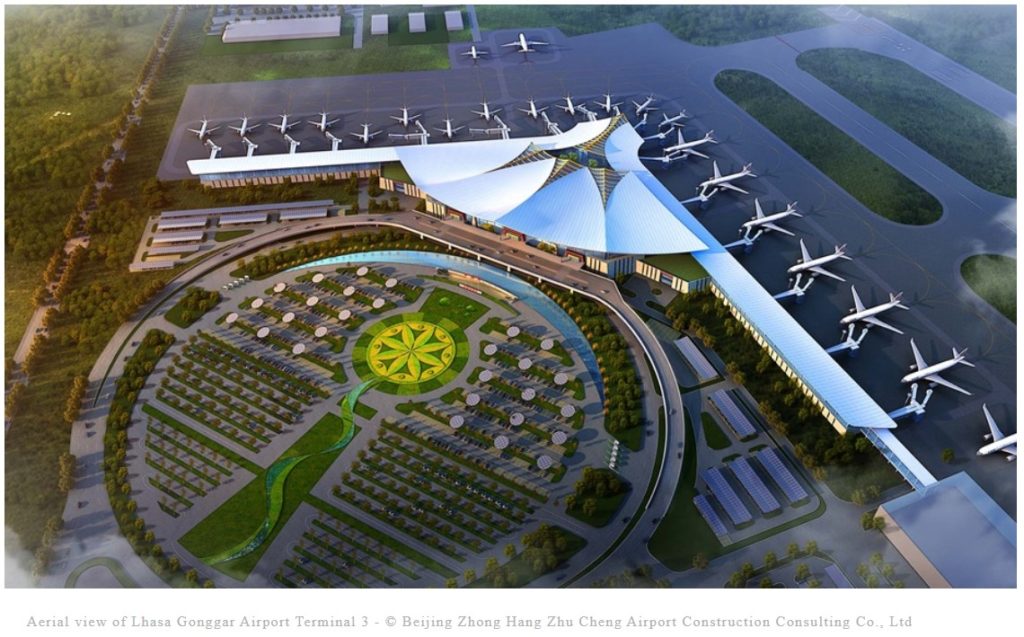
AN AIRPORT RUNS THROUGH IT
Now five decades later, again in the name of fulfilling a profound problem, a second displacement has occurred, to Semburi, adjacent to Lhasa airport, with no hint of recognising the first displacement had been a policy failure. Now, “in order to solve the problem of the symbiosis of man and nature and make room for wild animals” an entire community of nomads is shunted south, to the banks of the Yarlung Tsangpo, directly under the flight path into Lhasa drome.
Each successive displacement has been for weighty reasons of state. How symbiosis of man and nature is achieved by removing an entire community is not explained, any more than was the 1971 opposite movement “to alleviate the contradiction between grass and livestock.” All we can know for sure, especially in this CCP centenary year, is that the Party is correct about everything, and always has been. And always will be.
Having set up two epic exoduses, Xinhua turns lyrical: “For Tsering Zhuoga, the days of digging ice and melting water in the river in winter are gone forever. “Look, everything is new.” Tsering Zhuoga turned around in the yard, looked at the gas stove in the kitchen, and looked at the squatting toilet and shower in the bathroom. “Thanks to the good policies of the party and the government, we have left our home in the cold and hypoxic environment and have a new home at low altitude,” said Tsering Zhuoga.”
To heighten the drama a Xinhua reporter goes north to the clearance site: “against the wind and snow. The rivers and lakes along the way were frozen for hundreds of miles, and strong winds of magnitude eight or nine were raging. The temperature during the day reached minus 25°C. Tsering Zhuoga’s father Suo Lang Yang Pei [Sonam Yangphel?] just pulled a cart of ice cubes from the glacier and piled them in the warehouse. Shuanghu Lake, known as the “Ghost Land”, is a paradise for wild animals. Shuanghu County, located in the Qiangtang National Nature Reserve, is an important area for migration activities such as Tibetan antelopes, Tibetan wild donkeys, and wild yaks. As the population grows, the competition between local humans, animals and wild animals for living space has become increasingly prominent. Especially because of its remote location, harsh environment, high investment costs, the people in extremely high altitude areas have always been troubled.”
Now these exnomads can squat over a toilet and enter civilisation. They have been rescued. Meanwhile China is investing huge amounts to send men to Mars, to discover how cold hell can be.

THE COLD NARAK HELLS
The Tibetans got there first: “As Pabongka mentions in Liberation in the Palm of Your Hand [pp. 374–376], your body is completely immobilized on ice-cold ground or in an ice mountain, as if your shoes were nailed to the ground. Your body is completely caught. It is completely dark, even on the very first level of the cold hells, and there is unbelievable, unimaginable suffering of cold, with incredibly cold winds blowing. Relating to us, imagine that your naked body were completely buried in and surrounded by ice such that you couldn’t move, and on top of that, it was completely dark and there was an extremely, unbelievably cold wind and snow blowing over you, like in a raging blizzard. In the cold hells, it is unbelievably cold — billions of times colder than anything we could experience in the human world. No matter how cold it is in the human world, in those countries that are supposed to be extremely cold, with ice, freezing winds, and so forth, this unbelievably heaviest cold for humans is great pleasure compared to the cold suffering of the hell realms. The worst cold suffering that humans can experience is nothing compared to that of the cold hells; it’s great pleasure.”
Classic Tibetan texts such as this taught Tibetans not to crave warmth. Now however all is changed for the better, winter has become summer, there is no end to the party’s benevolencve, as Xinhua explains: “The winter in Semburi is the summer in Shuanghu.” 75-year-old Duoji Zhuoma said that compared with his hometown, the altitude here is more than 1,400 meters lower. “The weather is warmer, breathing is easier, sleeping comfortably, and life is convenient.” In reality, have Tibetans always longed to breathe easier? Actually, they find the air of the lowlands unpleasantly thick.
However, this second resettlement is not where the story ends. The displaced must now enter the labour market, at a great disadvantage, as they lack the skills of the modern manufacturing economy, and the common tongue, putonghua Chinese, the language of modernity. “In March 2019, the Shannan [Lhoka] Municipal Government, where Semburi is located, established the Happy Home Construction Administration, to make overall plans for the employment of relocated people from the current and long-term perspectives.”
“ORDERLY WITHDRAWAL” SCALED UP
Lhoka municipality (formerly a prefecture) is doing its bit to fulfil a wider objective: “The Tibet Autonomous Region has specially formulated an ecological relocation plan for extremely high altitude areas (2018-2025), involving 450 villages in 97 townships, 20 counties, 3 cities, Nagqu, Ali [Ngari], and Xigaze [Shigatse] in extremely high altitude areas above 4800 meters above sea level. More than 130,000 people, of which more than 100,000 will be placed along the Yarlung Zangbo River, forming a modern town with complete functions and a certain scale. Tashi Duoji, Director of the Nature Reserve Management Division of the Tibet Forestry and Grassland Bureau, said: “The purpose of such a large-scale inter-regional relocation is to allow people in extremely high altitude areas to enjoy better life and health protection and public service levels, while reducing human activities. , To return nature to wild animals and protect the plateau ecological environment.’ The reporter learned that Tibet will withdraw nearly 350,000 square kilometers of land after the extremely high altitude ecological relocation projects in Tibet are completed, including 280,000 square kilometers of protected areas. This will help comprehensively improve the ecological environment of the emigration areas. The coverage of meadows will increase by 10%-20% on average, and the coverage of desert grasslands will increase by 5%-10% on average.“
Planning the growth of nature is a party-state specialty, complete with target percentages. It’s called ecological civilisation construction.



